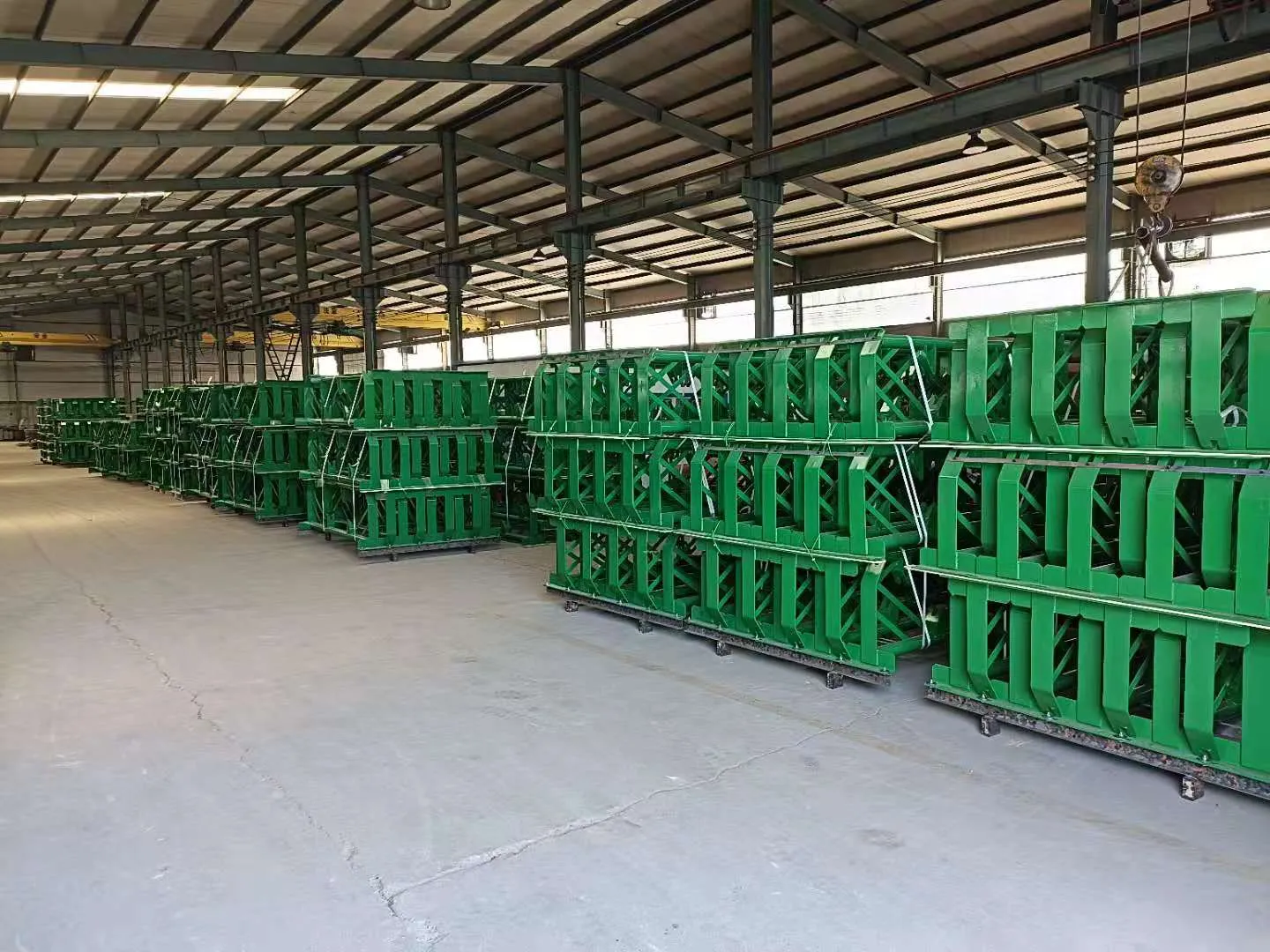 Afrikaans
Afrikaans  Albanian
Albanian  Amharic
Amharic  Arabic
Arabic  Armenian
Armenian  Azerbaijani
Azerbaijani  Basque
Basque  Belarusian
Belarusian  Bengali
Bengali  Bosnian
Bosnian  Bulgarian
Bulgarian  Catalan
Catalan  Cebuano
Cebuano  Corsican
Corsican  Croatian
Croatian  Czech
Czech  Danish
Danish  Dutch
Dutch  English
English  Esperanto
Esperanto  Estonian
Estonian  Finnish
Finnish  French
French  Frisian
Frisian  Galician
Galician  Georgian
Georgian  German
German  Greek
Greek  Gujarati
Gujarati  Haitian Creole
Haitian Creole  hausa
hausa  hawaiian
hawaiian  Hebrew
Hebrew  Hindi
Hindi  Miao
Miao  Hungarian
Hungarian  Icelandic
Icelandic  igbo
igbo  Indonesian
Indonesian  irish
irish  Italian
Italian  Japanese
Japanese  Javanese
Javanese  Kannada
Kannada  kazakh
kazakh  Khmer
Khmer  Rwandese
Rwandese  Korean
Korean  Kurdish
Kurdish  Kyrgyz
Kyrgyz  Lao
Lao  Latin
Latin  Latvian
Latvian  Lithuanian
Lithuanian  Luxembourgish
Luxembourgish  Macedonian
Macedonian  Malgashi
Malgashi  Malay
Malay  Malayalam
Malayalam  Maltese
Maltese  Maori
Maori  Marathi
Marathi  Mongolian
Mongolian  Myanmar
Myanmar  Nepali
Nepali  Norwegian
Norwegian  Norwegian
Norwegian  Occitan
Occitan  Pashto
Pashto  Persian
Persian  Polish
Polish  Portuguese
Portuguese  Punjabi
Punjabi  Romanian
Romanian  Russian
Russian  Samoan
Samoan  Scottish Gaelic
Scottish Gaelic  Serbian
Serbian  Sesotho
Sesotho  Shona
Shona  Sindhi
Sindhi  Sinhala
Sinhala  Slovak
Slovak  Slovenian
Slovenian  Somali
Somali  Spanish
Spanish  Sundanese
Sundanese  Swahili
Swahili  Swedish
Swedish  Tagalog
Tagalog  Tajik
Tajik  Tamil
Tamil  Tatar
Tatar  Telugu
Telugu  Thai
Thai  Turkish
Turkish  Turkmen
Turkmen  Ukrainian
Ukrainian  Urdu
Urdu  Uighur
Uighur  Uzbek
Uzbek  Vietnamese
Vietnamese  Welsh
Welsh  Bantu
Bantu  Yiddish
Yiddish  Yoruba
Yoruba  Zulu
Zulu Understanding the Functionality of Drive Belt Tensioner and Pulley Systems
Understanding Drive Belt Tensioner Pulley Importance and Functionality
The drive belt tensioner pulley is a crucial component in the automotive industry, playing a vital role in the functioning of a vehicle's engine. As the name suggests, this pulley is primarily responsible for maintaining the correct tension on the drive belt, which is essential for the proper operation of various engine components. In this article, we will delve into the importance, function, and maintenance of the drive belt tensioner pulley.
What is a Drive Belt?
Before exploring the tensioner pulley, it’s important to understand what a drive belt is. The drive belt, often referred to as a serpentine belt, is a multi-ribbed belt that connects various engine accessories to the engine’s crankshaft. These accessories may include the alternator, power steering pump, water pump, and sometimes the air conditioning compressor. The drive belt transmits power from the engine to these components, allowing them to function effectively.
Role of the Drive Belt Tensioner Pulley
The drive belt tensioner pulley is designed to maintain the appropriate tension on the drive belt at all times. This is crucial for several reasons
1. Prevention of Slippage If the drive belt is too loose, it can slip, leading to reduced efficiency and performance of the connected accessories. For instance, if the alternator is not receiving adequate power due to slippage, the battery may not charge properly, potentially leading to a dead battery.
2. Minimizing Wear and Tear A properly tensioned belt reduces wear and tear not only on the belt itself but also on the pulleys and the accessories it drives. Excessive slack can cause the belt to fray and degrade more quickly.
3. Noise Reduction Incorrect tension in the drive belt can lead to annoying squeaks and squeals, which can be both distracting and indicative of potential issues.
Types of Tensioner Pulleys
Drive belt tensioner pulleys come in various designs, primarily categorized into two main types mechanical and automatic tensioners.
- Mechanical Tensioners These require manual adjustment to maintain the desired tension. Regular monitoring and adjustments are necessary to ensure optimal performance.
- Automatic Tensioners These are more advanced and use spring-loaded mechanisms to maintain tension automatically. They continuously adjust to the belt's movement, ensuring consistent performance without the need for manual adjustments.
drive belt tensioner pulley

Signs of a Failing Tensioner Pulley
As with any mechanical component, the drive belt tensioner pulley can wear out over time, leading to issues that can impact vehicle performance. Some common signs of a failing tensioner pulley include
- Unusual Noises If you hear squeaking, squealing, or chirping noises coming from the engine bay, it could indicate that the tensioner pulley is failing or that the belt is loose.
- Flapping or Wobbling Belt A visibly loose or wobbling belt can signal an issue with the tensioner pulley, which may not be applying enough tension.
- Belt Wear Inspecting the drive belt for signs of fraying, cracking, or uneven wear can also provide insights into the condition of the tensioner pulley.
Maintenance Tips
To prolong the life of your drive belt tensioner pulley and the associated drive belt, consider the following maintenance tips
1. Regular Inspections Periodically inspect the drive belt and tensioner pulley for signs of wear. Look out for fraying, cracking, or shiny spots on the belt, and listen for any unusual noises.
2. Replacement Schedule Follow the manufacturer’s recommendations for replacing the drive belt, as a worn-out belt can affect the tensioner.
3. Professional Help If in doubt, consult a professional mechanic who can diagnose and address any issues with the tensioner pulley or the drive belt system.
Conclusion
In conclusion, the drive belt tensioner pulley plays an integral role in ensuring that the engine's accessories operate efficiently. By understanding its functionality and monitoring for signs of wear, vehicle owners can ensure their engines run smoothly and avoid costly repairs down the line. Regular maintenance and timely replacements are key to keeping the drive belt system in optimal working condition, ultimately enhancing the vehicle's overall performance and reliability.
-
Revolutionizing Conveyor Reliability with Advanced Rubber Lagging PulleysNewsJul.22,2025
-
Powering Precision and Durability with Expert Manufacturers of Conveyor ComponentsNewsJul.22,2025
-
Optimizing Conveyor Systems with Advanced Conveyor AccessoriesNewsJul.22,2025
-
Maximize Conveyor Efficiency with Quality Conveyor Idler PulleysNewsJul.22,2025
-
Future-Proof Your Conveyor System with High-Performance Polyurethane RollerNewsJul.22,2025
-
Driving Efficiency Forward with Quality Idlers and RollersNewsJul.22,2025





























